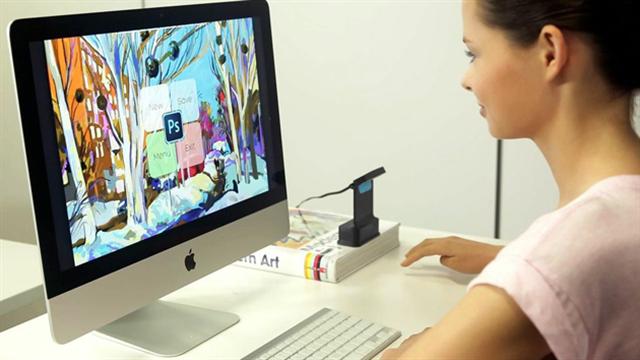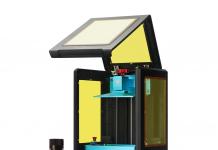Haptix announced a while ago that it would develop an inexpensive sensor capable of turning any surface into a multi-touch PC controller. In the meantime, the company changed its name to Ractiv, and launched Touch+, a gadget with that functionality.
Most people are just fine with a keyboard and a mouse in front of them, but judging by the input methods people use in sci-fi flicks, that’s not how the future works like. For text input, we might not find a viable alternative to keyboards anytime soon, but as far as mice are concerned, there’s plenty of room for improvement. They usually accomplish simple functions (that’s often the case if we don’t consider MMORPG mice) that could be easily replaced by gestures.

Touch+ was the subject of a crowdfunding campaign last year, and now, after the backers got the gadget they pledged for, Ractiv launched it globally, so that the entire world can enjoy controlling their PC using gestures. More expensive than regular mice, but at the same time more affordable than some next-gen gaming mice, Touch+ is definitely better for graphics software such as Photoshop or GIMP, rather than for the latest FPS game. In other words, a Touch+ sensor should be employed whenever using a typical mouse feels unnatural.
Ractiv features the Touch+ sensor on its website, where it sells it for $75. The manufacturer claims that the sensor is available in limited quantities, but that might as well be a marketing strategy, as anything that’s scarce sells better.
The ones who do a lot of sketching should compare Touch+ to a drawing tablet, to find out which one’s better. The price of the former definitely makes it an appealing alternative, but the performance shouldn’t be neglected, in this case.
In the promotional photos, Touch+ is mostly used in tandem with Apple computers and notebooks, but it should work with Windows PCs, as well. Operating system compatibility is not addressed in the FAQ section of their website, though. Anyway, Touch+ connects via USB 2.0 cables to the computer, and using USB 3.0 (which has a bandwidth 10 times greater than of 2.0) instead should provide access to beta features such as the depth mapping. All in all, the concept is pretty cool, but I’m not sure how many will entirely give up on their mice and replace them with such sensors.
Be social! Follow Walyou on Facebook and Twitter, and read more related stories about the Google Gesture concept that turns sign-language into voice, and the gesture controlled hologram that opens the way for new user interfaces.










